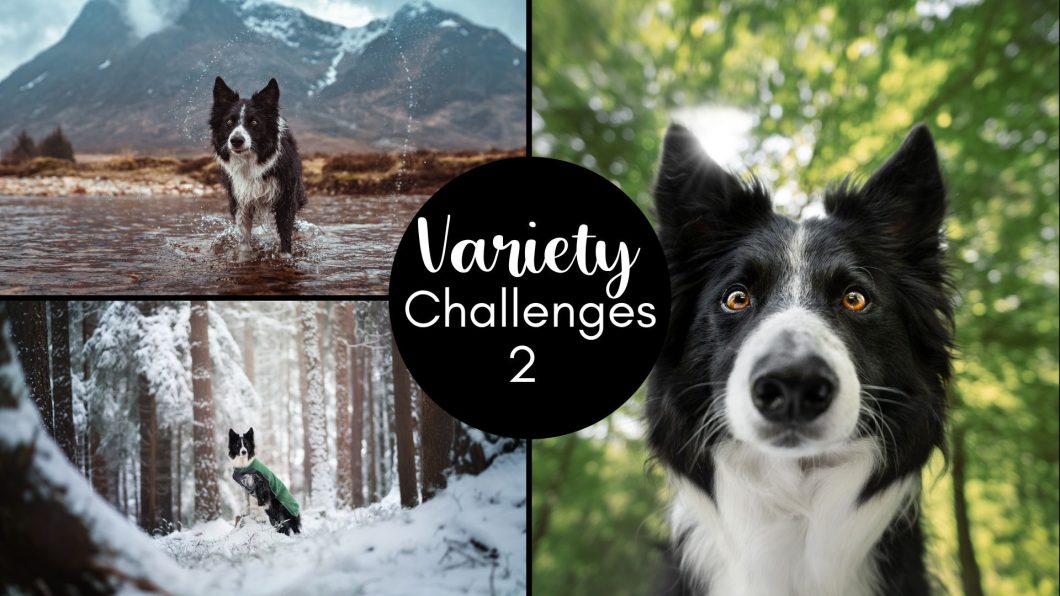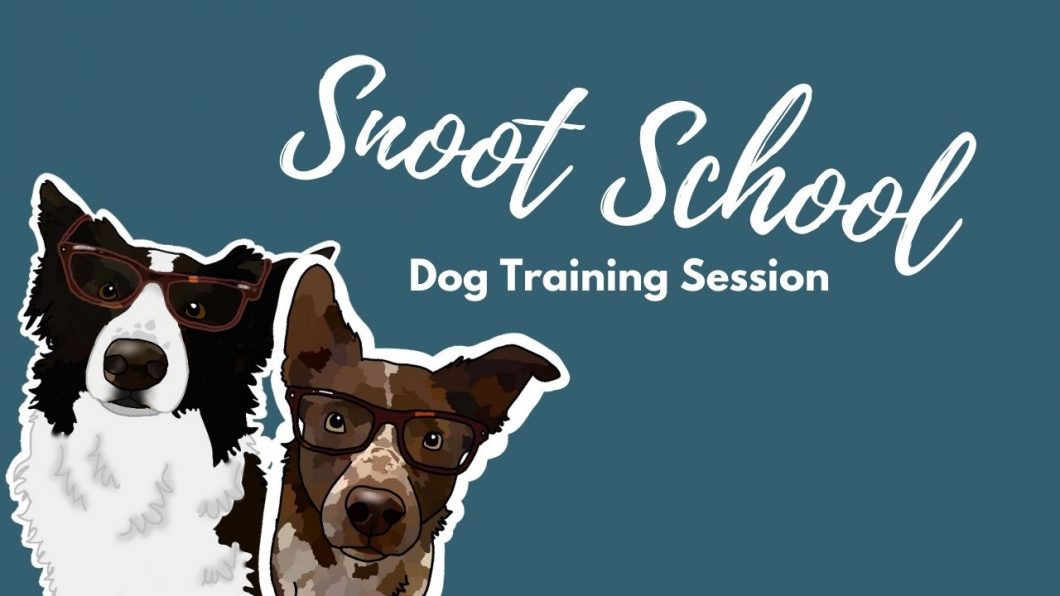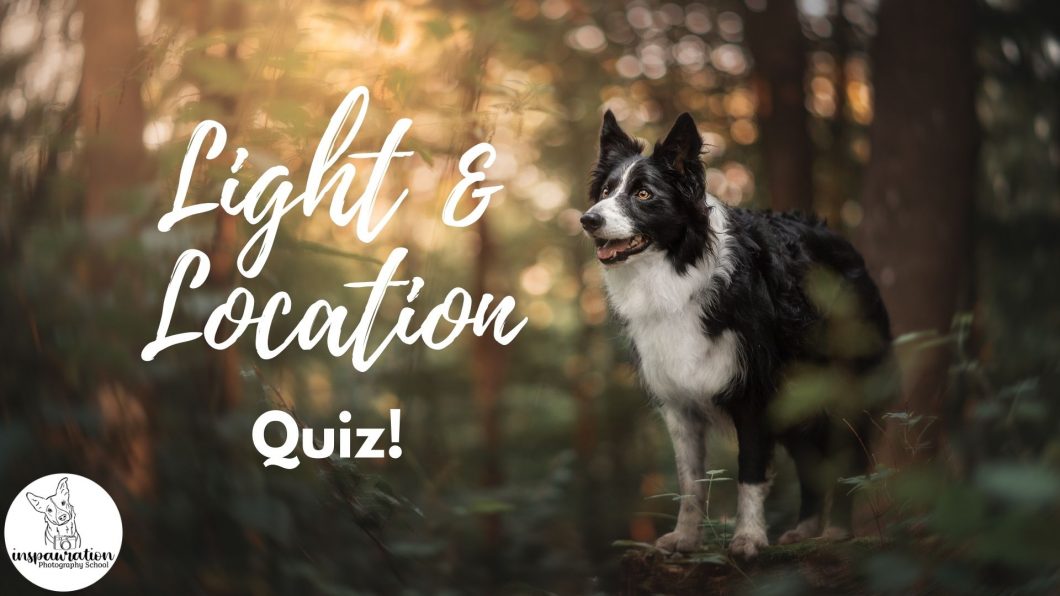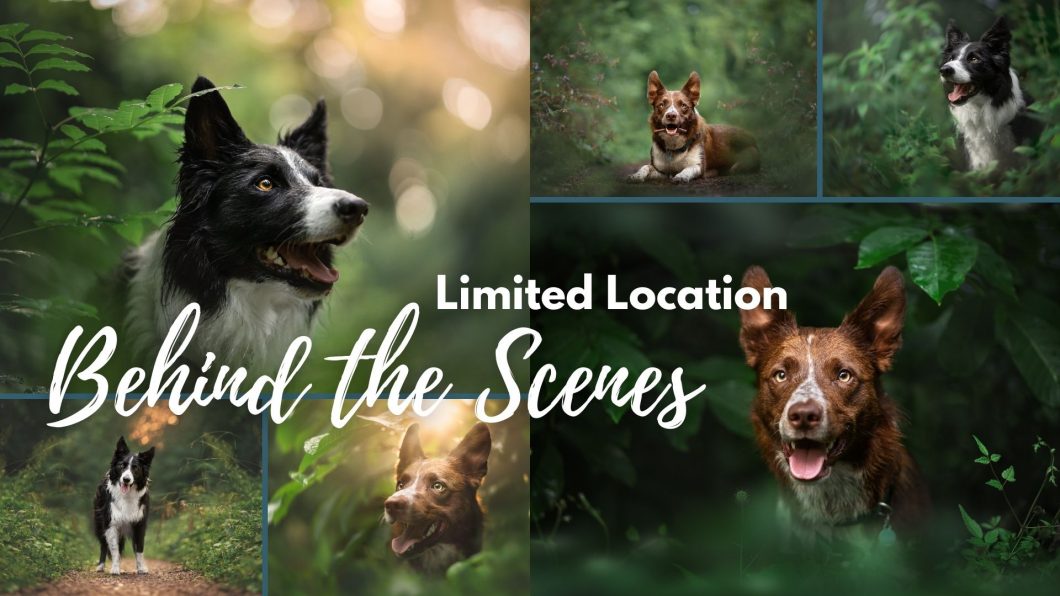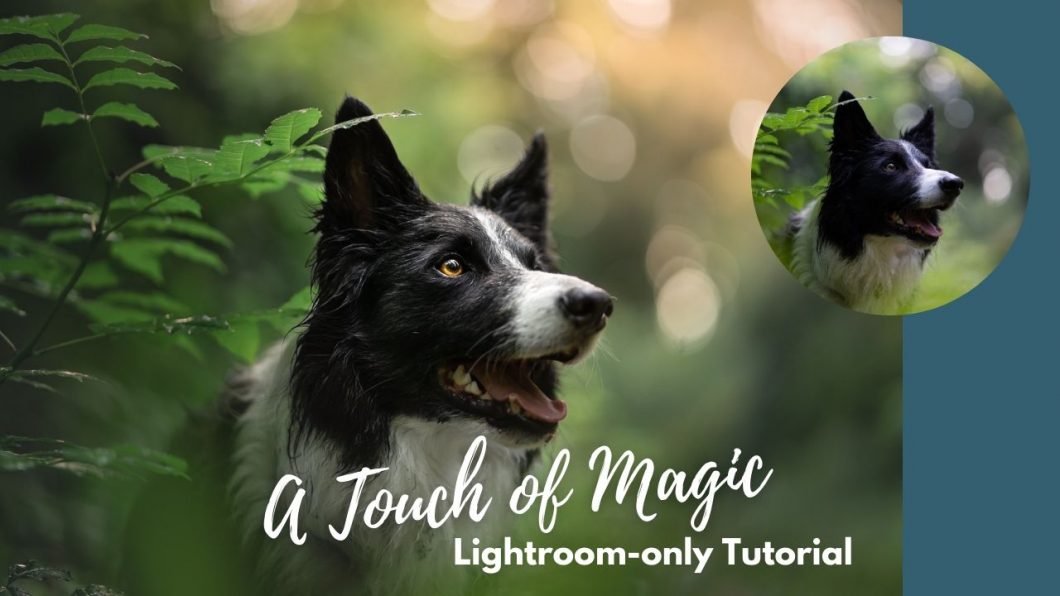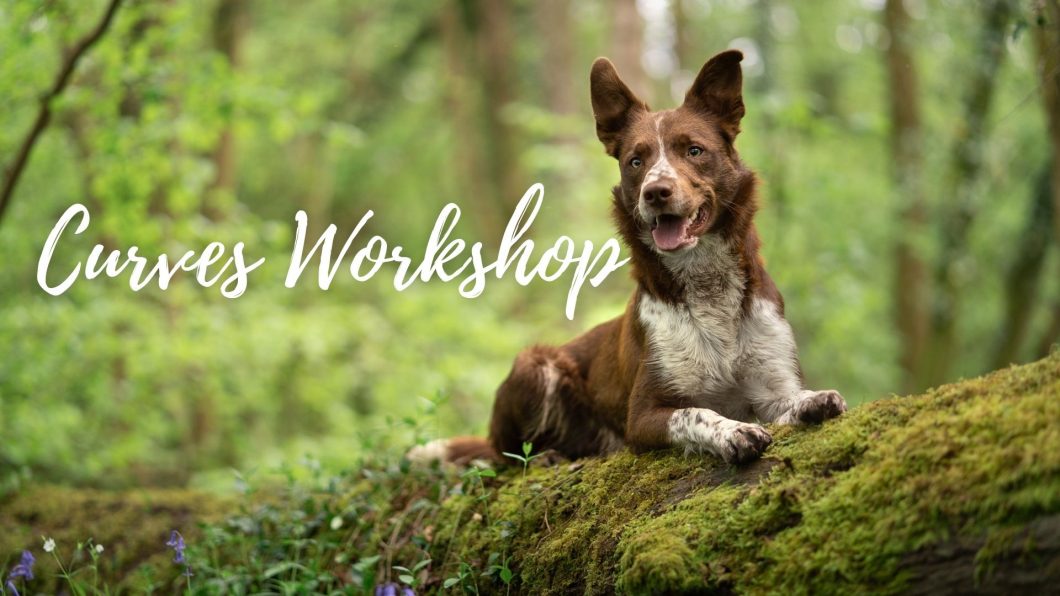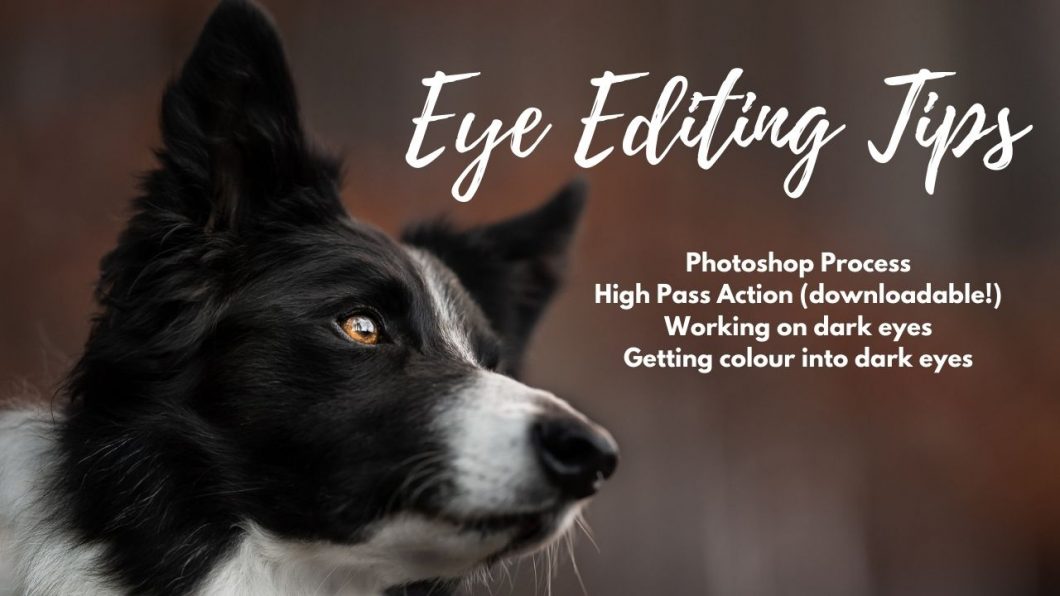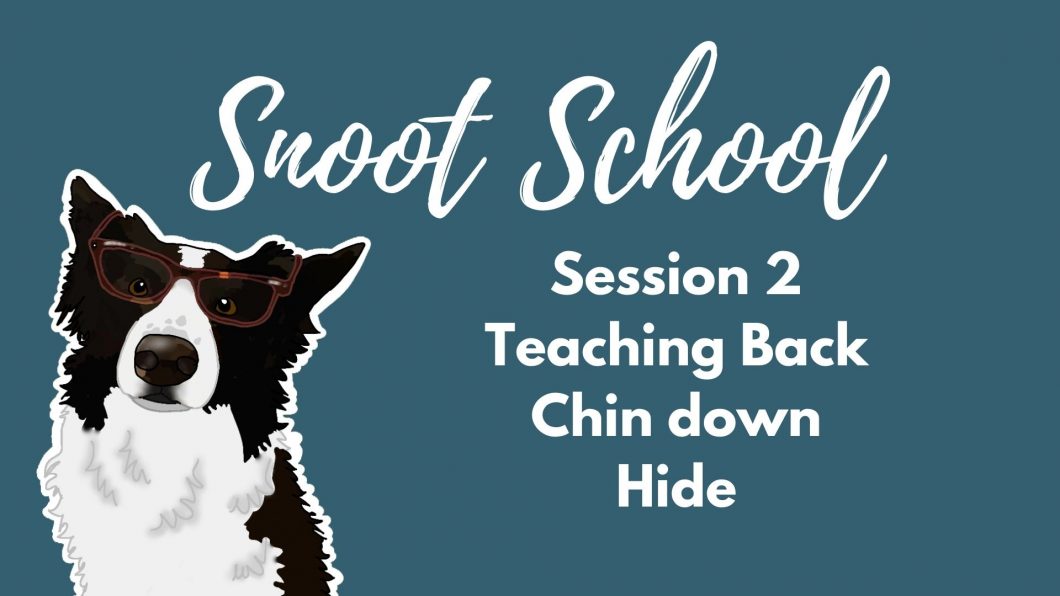Open to access this content
ArchivesCreating
Snoot School: Train a “Look”
Open to access this content
Light & Location: Quiz!
Open to access this content
Behind the Scenes Livestream: Join us on a Photoshoot!
Open to access this content
Behind the Scenes: Limited Location
Open to access this content
A Touch of Magic: Lightroom-Only Tutorial
Open to access this content
Perfect Personality
Open to access this content
Workshop: Curves in Photoshop
Open to access this content
Editing Eyes
Open to access this content
Snoot School: Back-up, chin down, hide
Open to access this content

